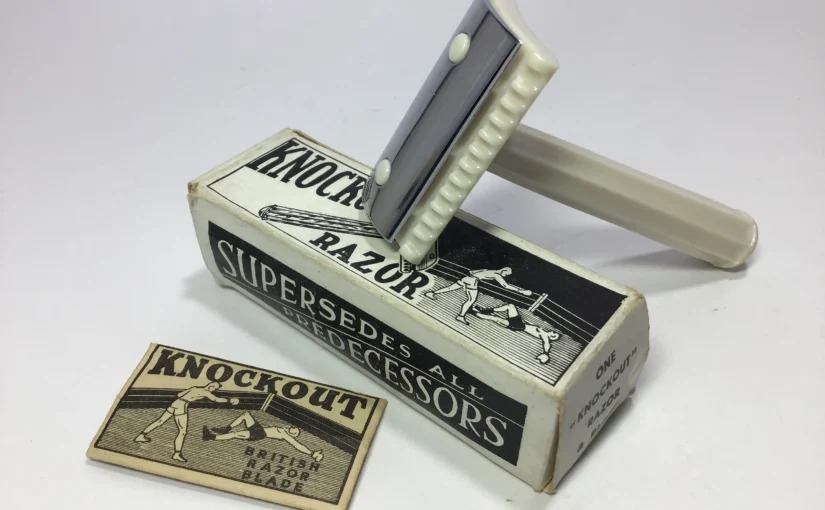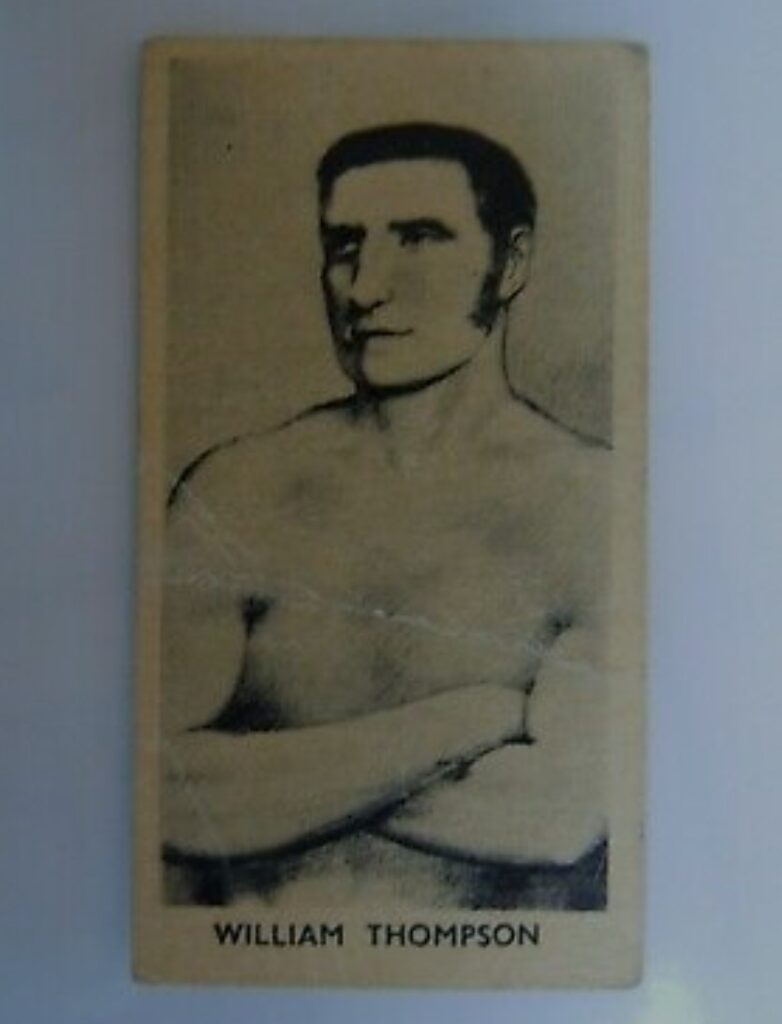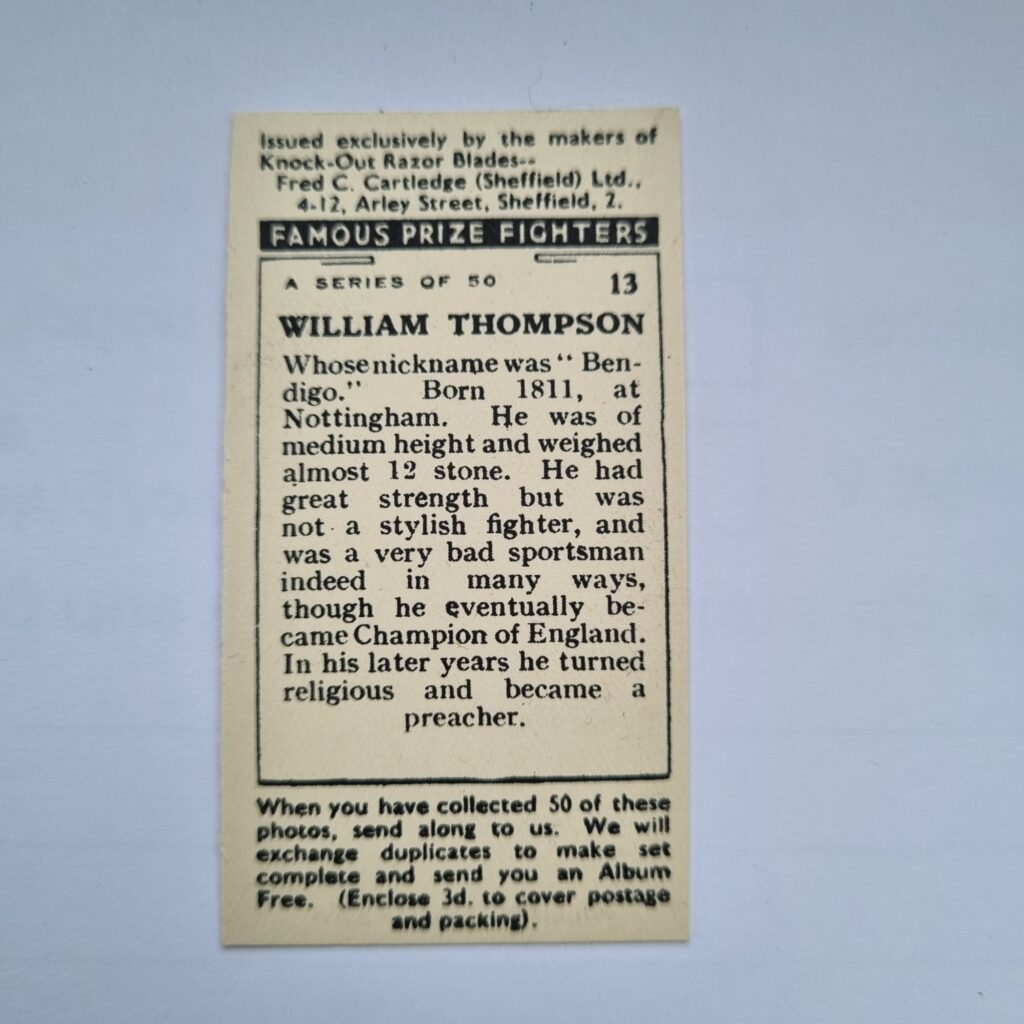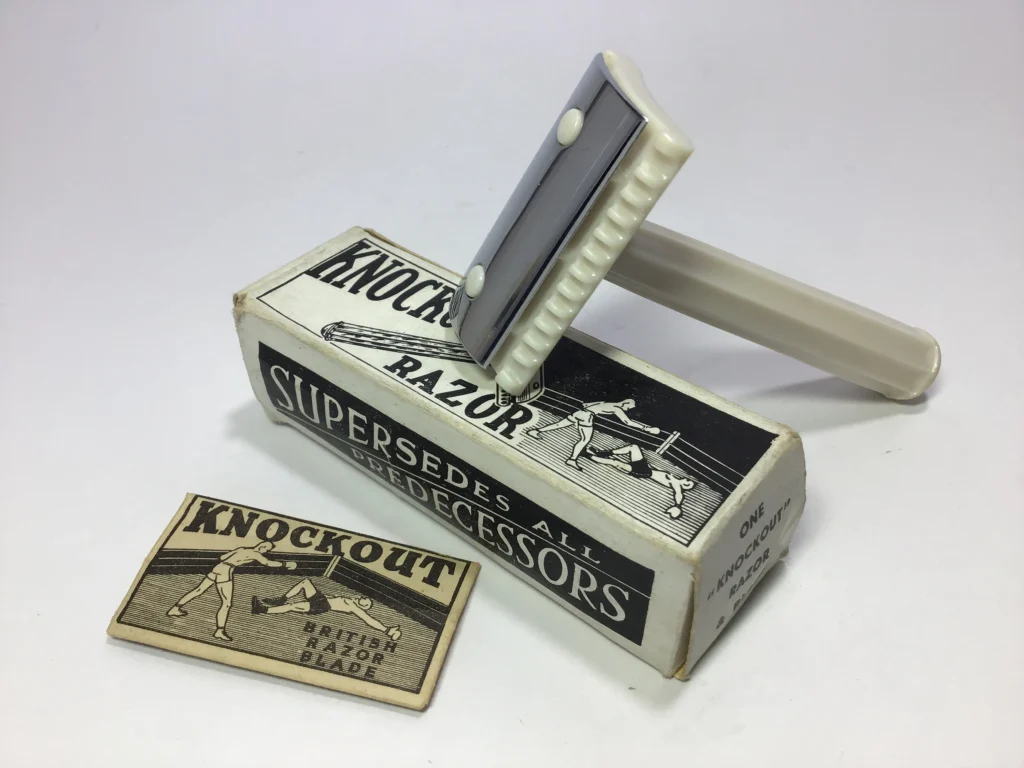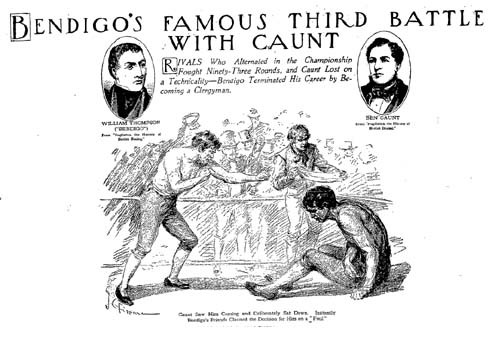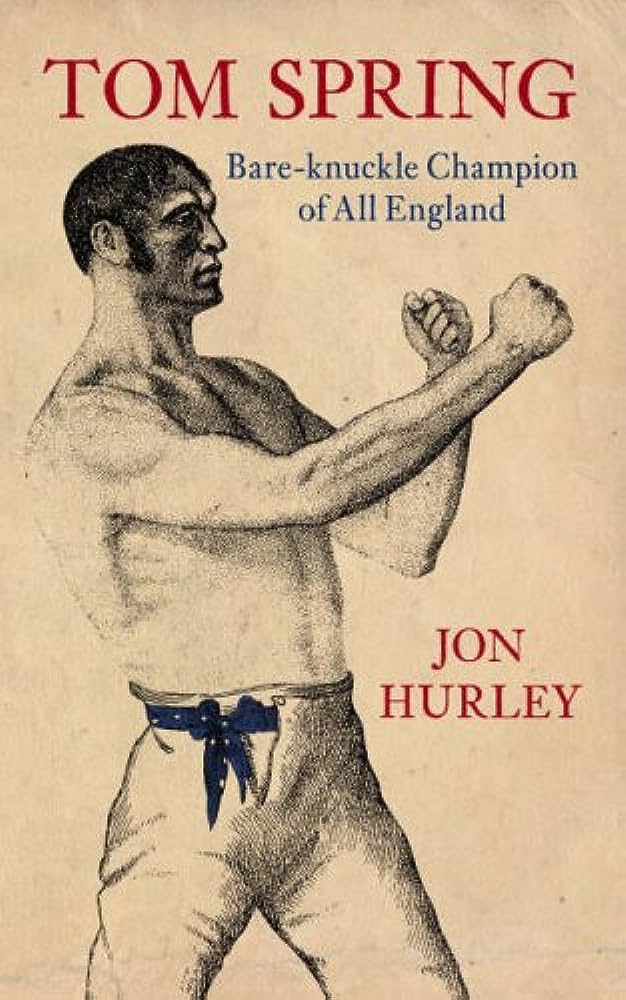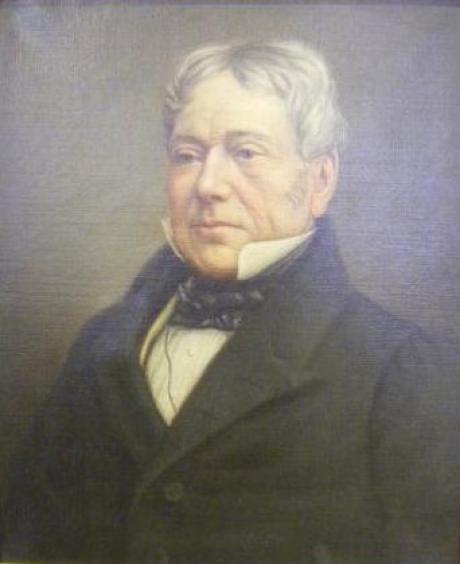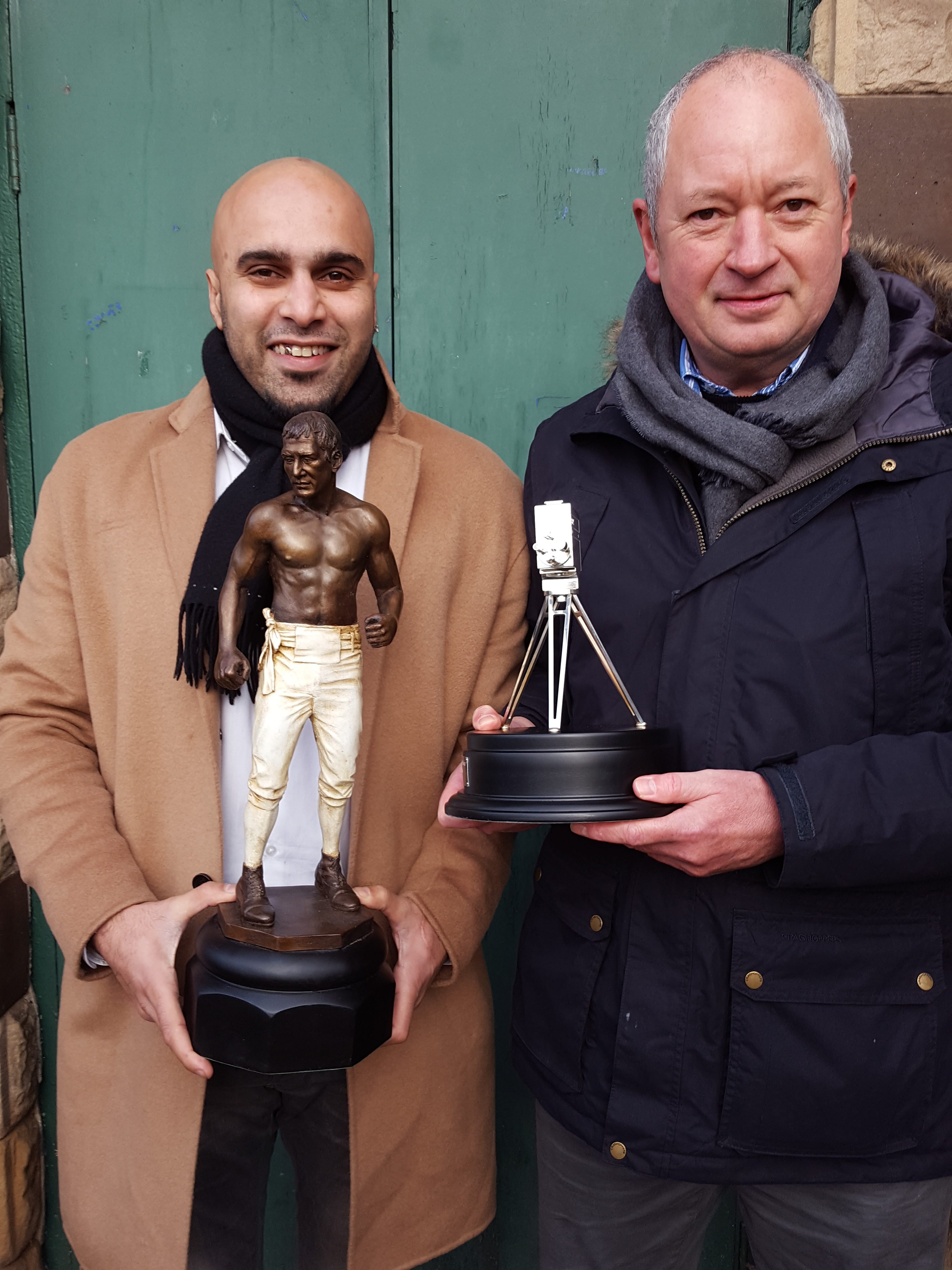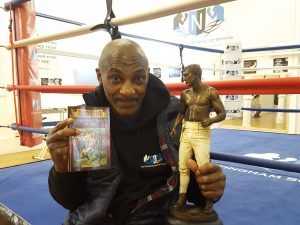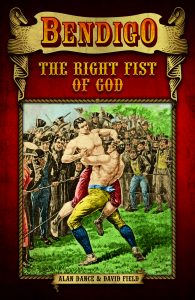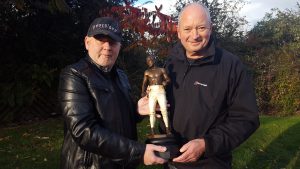The third fight between Bendigo and Caunt was in 1845. Described as ‘the most scandalous brawl in boxing history’ it is acknowledged as the fight that marked the beginning of the end of prize-fighting. The modern era was beckoning.
Th fight took place near to what is now Milton Keynes in Buckinghamshire.
We were intrigued to find out the exact location of where it took place, as the various reports on the fight give several different locations.
Stony Stratford, Lillington Level and Sutfield Green. None are precisely in the same place, and Sutfield Green does not appear on any current maps at all.
We managed to find out more from some other publications. Here’s a sample
Prize Fighting in the 1850s
“In 1825 and 1826 there were still prosecutions of innkeepers for “suffering tippling during the hours of divine service” and the landlord of the Fox and Hounds at Puxley was fined £1 on this charge. One of the Constable’s duties was preventing prize fights. The parson of Passenham, the Rev Lorrain Smith, was himself a great pugilist and encouraged various meetings on the borders of Bucks and Northants, so that if the police of either county interfered it was quite easy to move over into the next county. A field near Puxley Glebe farm was the favourite venue and Sootfield Green was also used. But Rev. Smith was also a JP, and as such it was his duty to prevent prize-fights. Mr W J Toms relates how on one occasion he organised the police to stop a fight, but himself catching the pugilist, who had laid all the constables flat out, he let him off with a fatherly lecture.
From “The History of Stony Stratford – F E Hyde and S F Markham (1948)
Northamptonshire Prize-Fights
“It is an old ancient road up into the Whittlewood Forest and to Sutfield Green, where there used to be prize-fighting. People used to come from Northampton and all round. A lot of bad men and women used to camp in the woods named Hatchells on the left hand side of the road as one goes to Wicken and Deanshanger, where they used to camp and fight in Sutfield Green where Caunt and Bendigo, professional prize-fighters fought. This is corroborated by my old friend Jack Brown, now 84 years of age (in 1950), whose mother, (a Wicken woman), used to go and watch the fights. One day she picked up the ‘colours’ of one of the champions on the field, which is still treasured by her descendants. There was an old ring marked with posts. I seen the old posties (posts) years ago, when we visited the spot in June 1949. Lord Penrhyn said he wouldn’t pull them up – they could rot in the ground. But in whatever way they may have perished, they have gone now. The green was ploughed by the orders of the War Agricultural Committee, and at the time we saw it, was growing a fine crop of wheat. It must be above a hundred years since they had the fights. Caunt and Bendigo fought for an hour for £100. Bendigo was a Nottinghamshire man.
From; Northamptonshire Past and Present Vol 1 Issue 2 (1950)
Using this information we explored the area between Lillingstone Lovell and Stony Stratford.

We took ‘Bendy’ with us and started at Lillingstone Lovell which is very near to the border with Northants.
Taking the road from Lillingstone Lovell towards Wicken and Deanshanger, we came across the entrance to Whittlewood Forest.
Whittlewood Forest is a former medieval hunting forest, east of Silverstone in Northamptonshire in England. It is managed by the Forestry England. There are tracts of ancient woodland within it and old ditches can be found at the edges of several individual woods.
This map is displayed at the entrance to Whittlewood Forest.
You can see Lillingstone Lovell (bottom left) and Deanshanger (bottom right)

Using the information we had about the ‘old ancient road up into the Whittlewood Forest and to Sutfield Green’ and people ‘used to camp in the woods named Hatchells on the left hand side of the road as one goes to Wicken and Deanshanger, where they used to camp and fight in Sutfield Green’
We went towards Wicken and came across a gated bridle path. There was a crude map on the gate, explaining the rights of way.
We couldn’t believe our luck. The map included the name SUTFIELD GREEN (top left). This was the first time we had seen the name on a map.

Comparing it to the map at Whittlewood Forest, Sutfield Green was clearly on the road we had just used to get from Lillingstone Lovell. He returned to the location.
Bearing in mind the comment from 1950 that said ‘the green was ploughed by the orders of the War Agricultural Committee, and at the time we saw it, was growing a fine crop of wheat’.
It was the wheat field we had just passed, at the junction of two roads.

We were over the moon to have finally found Sutfield Green and taken Bendigo back there after 181 years.










